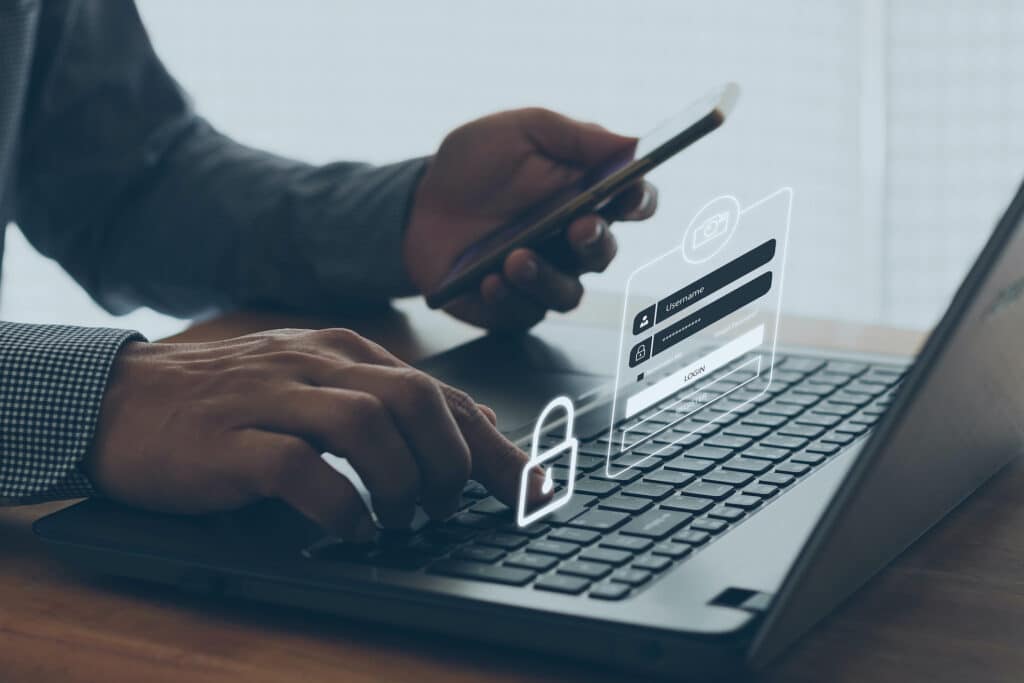Cybersecurity Is Hard When Working Remote

Working remote means facing cybersecurity challenges head-on. To protect your data, use multi-factor authentication and secure VPNs. Watch for insider threats and follow robust security protocols. Train yourself on cybersecurity awareness and monitor user behavior. Encryption and secure data-sharing channels are essential. Stay safe by prioritizing VPNs, multi-factor authentication, and awareness training. Avoid public Wi-Fi […]
Received a Random Link? DO NOT CLICK ON IT!

If you ever receive random texts or emails from PayPal (or any other business, for that matter) telling you they suspended your account and now require you to authenticate your identity with an unknown link, then you should definitely think twice before clicking on that link. This is a common method that hackers use to […]
Enterprise Businesses and Vulnerabilities

It is no secret how vital cybersecurity is for all organizations today. Recent data has shown just how crucial visibility into your company’s infrastructure really is. Today, most businesses have IT solutions to assist with detecting and managing their information systems vulnerabilities. These vulnerabilities can range from a bug in a code that can allow […]
Hackers Are Discovering Cracks in Multi-Factor Authentication

Multi-factor authentication, or MFA, is an effective practice in preventing cyberthreats. Unfortunately, and not surprisingly at all, hackers have found a way around MFA. Continue reading to learn how hackers found defects in multi-factor authentication and how to keep you and your company protected. Why is Multi-Factor Authentication so effective? The most common method hackers […]
The Raspberry Robin Worm

Utilizing storage devices, such as USB drives, has been known to spread malware from one device to another. Recent analyses found an imminent threat, known as the Raspberry Robin worm, is currently developing. What is it and how can you keep yourself and your company safe from attacks? What is Raspberry Robin? Raspberry Robin is […]

